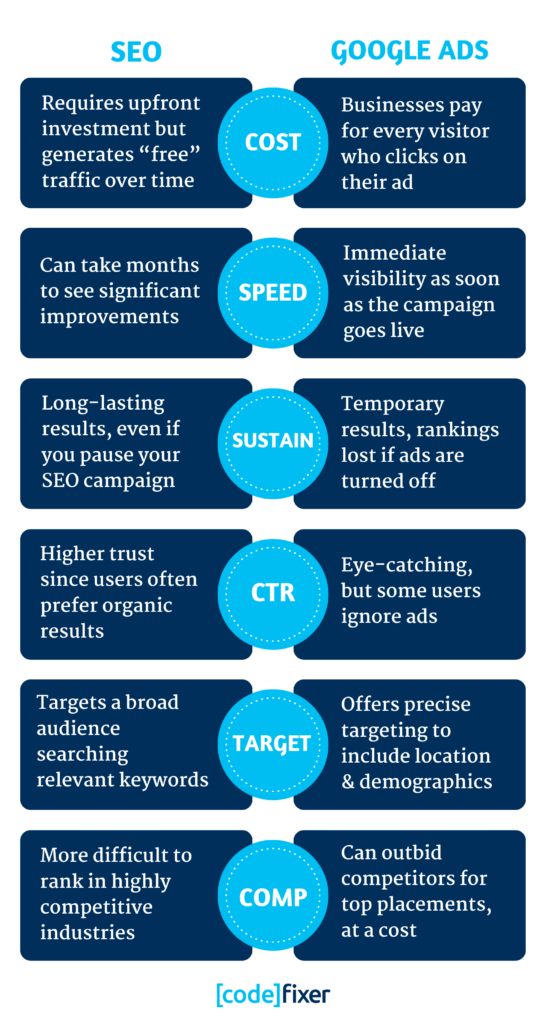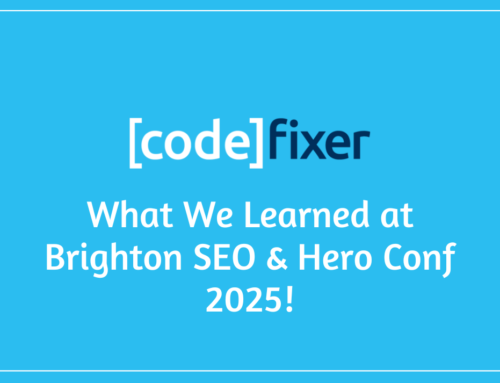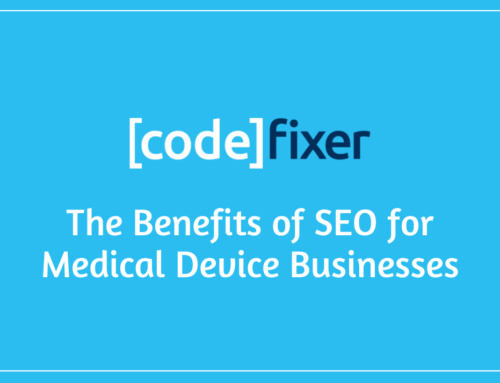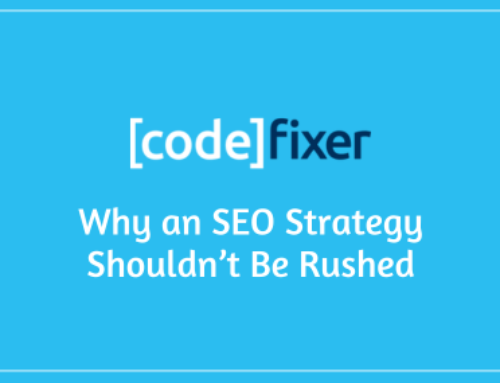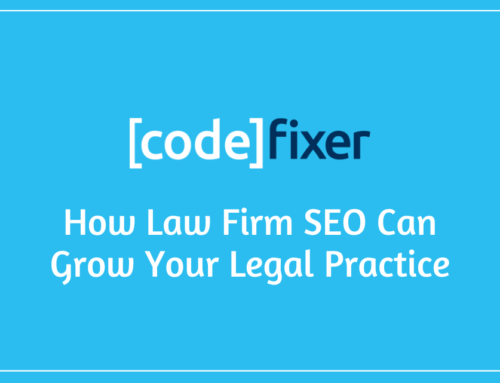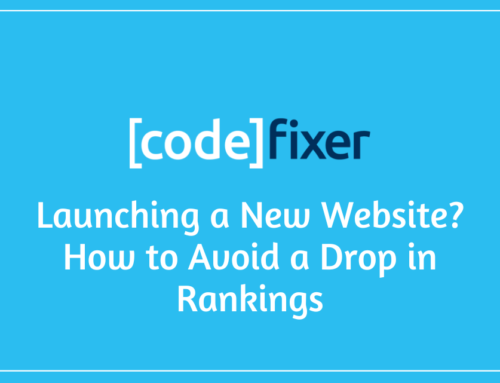Google processes roughly 8.5 billion searches a day, and with the number one spot getting an average click-through rate of 27.6%, that’s a massive piece of the pie a business can hold within its industry.
To build an online presence, businesses need to invest in their digital marketing, with SEO (search engine optimisation) and Google Ads (also known as PPC) being the two biggest players. Either of these digital marketing strategies or a combination of both can massively impact a business’s website traffic, generating leads and growing revenue.
But which is better for your business? SEO or Google Ads. Well, it depends… It depends on your business goals, digital marketing budget, and industry.
In this guide, we’ll break down the differences between SEO and PPC (Pay-Per-Click) and compare their advantages and drawbacks to help you determine the best approach for your business.
Understanding SEO
Simply put, SEO is the process of optimising your website to rank organically (i.e., without paying for each click) on search engines. On Google, your organic listings commonly appear as a blue link with grey text beneath, like in the example below:

A well-executed SEO marketing strategy involves three pillars:
- On-page optimisation – includes creating keyword-rich content and optimising URL structure and metadata
- Technical SEO – includes building user-friendly site structures, fixing broken links, and improving site speed
- Off-page SEO – includes building reputable links, optimising your site for local SEO, and creating a social media presence.
When done correctly, it helps businesses build a strong online presence that generates long-term traffic and brand authority.
The Pros of SEO
✅ Sustainable growth – Once a business ranks well, it can receive continuous traffic without the ongoing costs of a Google Ads campaign.
✅ Increased brand trust and authority – Users often trust organic search results more than ads.
✅ Cost-effective over time – While SEO requires an upfront investment, it is generally more affordable in the long run than running PPC ads indefinitely.
✅ Higher engagement rates – Optimising your website encourages users to engage with your site longer, which Google rewards with higher rankings.
✅ Repurposable content – Going beyond SEO, optimised content can be repurposed across all your marketing channels, including social media, print media, and email.
The Cons of SEO
🚫 Takes time – Unlike Google Ads, where paid ads offer instant visibility, SEO can take months to generate results.
🚫 Needs consistent upkeep – Search engine algorithms change often, meaning SEO marketing strategies need regular adjustments.
🚫 Ranking in competitive industries takes time – In sectors with strong competition, achieving high rankings can require a significant investment in backlinks, content creation, and technical SEO improvements.
Understanding Google Ads
Google Ads can go by many different names: paid search, PPC (Pay-per-click), and AdWords. Regardless of what you might know them by, they all do the same thing – offer immediate visibility. As seen below, Google Ads can be very visually appealing and stand out on the search engine:
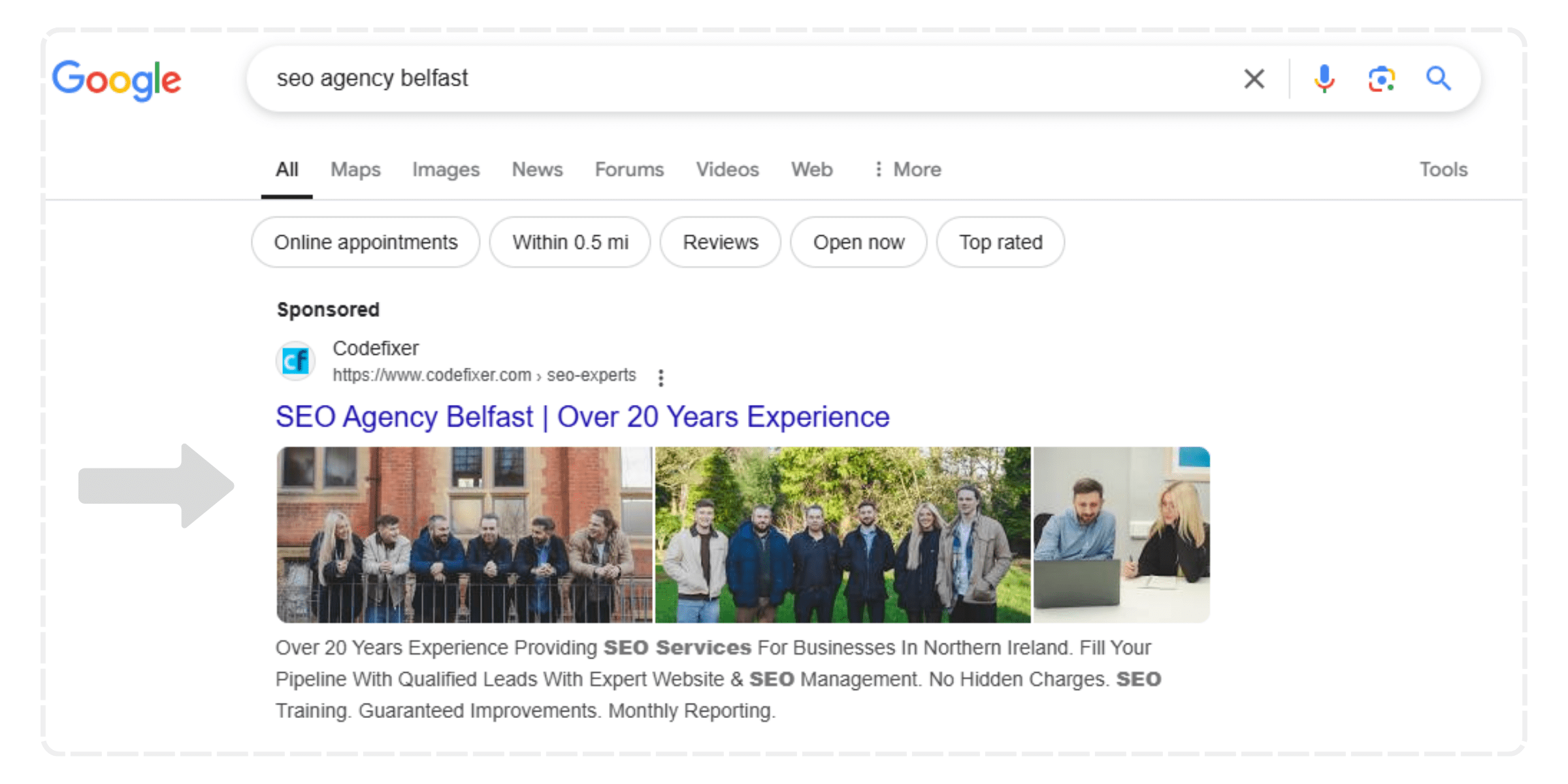
A well-structured Google Ads campaign is built on three key types of ads:
- Search Ads – These are text-based ads that appear at the top of Google when users search for targeted keywords (see example above).
- Display Ads – These are image-based ads that appear on websites within Google’s Display Network.
- Shopping Ads – These ads showcase product images, prices, and reviews directly on search results.
When set up correctly, Google Ads campaigns provide instant visibility and highly targeted reach, making them ideal for businesses needing fast results.
The Pros of Google Ads
✅Instant results – Unlike SEO in advertising, which takes time, Google Ads campaigns offer immediate traffic.
✅ Highly targeted advertising – Businesses can refine their audience using detailed targeting options.
✅ Scalable and measurable – Performance tracking lets businesses adjust their ad spend and improve ROI.
✅ Effective for time-sensitive campaigns – When running promotions or seasonal offers, PPC can help maximise traffic during these periods.
The Cons of Google Ads
🚫 Ongoing costs – Google Ads costs can add up, especially in competitive industries with high cost-per-click (CPC) rates.
🚫 Requires ongoing optimisation – Poorly managed Google Ads campaigns can result in wasted spend with little return.
🚫 Ad fatigue and declining performance – Over time, audiences can become less responsive to the same ads, leading to lower click-through rates (CTR) and higher CPC rates.
Key Differences Between SEO & Google Ads
The main differences in SEO and Google Ads revolve around costs, speed of results, long-term sustainability, Click Through Rates (CTR), type of targeting and competition.
- Costs: While SEO has upfront costs, once you see ranking improvements, the traffic you get from there on out is essentially free. With Google Ads, every time a user clicks on your ad, you pay for that click.
- Speed: SEO requires patience as a robust strategy can take up to 12 months to see full results. Google Ads are different, you’ll see your ads at the top of Google as soon as your campaign is live.
- Sustainability: You don’t lose organic rankings overnight if you pause an SEO campaign, but if you stop Google Ads, your position will drop instantly. Think of SEO as your gym routine and Ads as Ozempic.
- Click-Through-Rates: Both ads and organic listings can have great CTRs, for different reasons. Some users never click ads because they trust organic listings more, whereas lots of users can’t even tell the difference.
- Targeting: SEO uses keywords to target users searching relevant terms, appealing to a broader audience. Ads get down to the nitty-gritty, targeting specific locations, demographics and even user interests.
- Competition: You’ll come up against competition in both Ads and SEO. In competitive niches, SEO takes longer to rank and can require investment in backlinks. For Google Ads, high competition will require outbidding competitors, it can be costly but much quicker than overtaking SEO competition.
Which Should You Invest in?
When deciding on SEO vs Google Ads campaigns, the right choice will depend on your business goals, industry, and marketing budget.
SEO: Best for Long-Term Growth
Investing in SEO marketing strategies is the better choice if:
- You want to build long-term brand authority and organic visibility.
- Your business relies on consistent website traffic rather than immediate leads.
- You have the patience to wait for gradual but sustainable results.
- You work in an industry where informational content can attract customers.
Best for industries like:
🎯Professional Services (Law firms, Accountants, Financial Advisors)
🎯B2B & SaaS
🎯Healthcare & Wellness
Google Ads: Best for Immediate Results
A Google Ads campaign is the better choice if:
- You need instant traffic, leads, or sales.
- You’re launching a new product, promotion, or limited-time offer.
- Your industry is highly competitive, making organic rankings difficult in the short term.
- Your business has a high customer lifetime value (LTV), making Google Ads cost manageable.
Best for industries like:
🎯 Local Services (Plumbers, Locksmiths, Electricians)
🎯 eCommerce & Retail
🎯 Event-Based & Seasonal Businesses
Both: Best for a Balanced Approach
Using SEO and PPC together is ideal when:
- You want quick wins from Google Ads while building organic rankings with SEO.
- Your business operates in a highly competitive market where both are needed to gain traction.
- You want brand awareness from paid ads and trust from organic rankings.
- You need to retarget organic visitors using Google Ads campaigns for better conversions.
Best for industries like:
🎯 B2B & SaaS – SEO for content marketing + Google Ads for high-intent lead generation.
🎯 eCommerce & Retail – SEO for organic product visibility + Ads for shopping campaigns & remarketing.
🎯 Local Businesses – SEO for Google My Business rankings + PPC ads for quick lead capture.
Use an SEO & Google Ads Agency to Maximise Your Digital Marketing Budget
Understanding whether to invest in SEO, Google Ads, or both is an important decision, but without a well-planned strategy, it’s easy to overspend and underperform. Working with a professional SEO and Google Ads agency (with a proven track record) that understands the benefits of each strategy (and how they can complement each other) ensures your digital marketing budget is spent efficiently, delivering the best possible return on investment.
So, whether you’re looking for immediate results through PPC ads or sustainable growth through SEO, an experienced agency like ours can tailor a campaign that maximises every penny you spend.
Want to make the most of your digital marketing budget? Email or Call Us today, and let’s build a strategy that works for you!


